What and how to feed the pepper after planting?
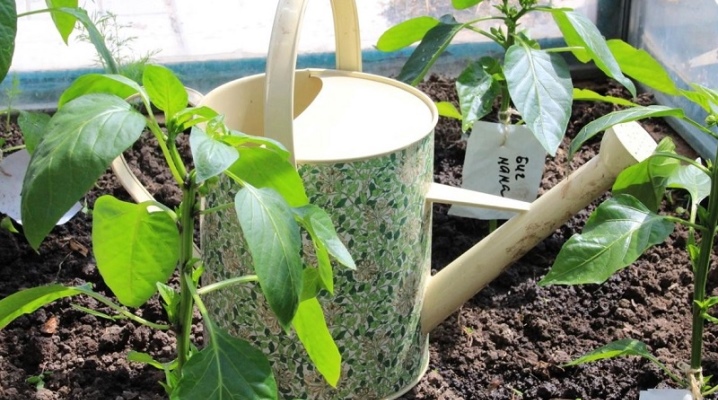
The ability to grow your own vegetables and fruits is an advantage as you can eat organic and healthy foods. To grow any crop in your garden, it is important to know how to care for it. To obtain a good harvest of pepper, fertilizing made after planting is of considerable importance. Without knowing the features of this procedure, it will be difficult to grow healthy bushes.
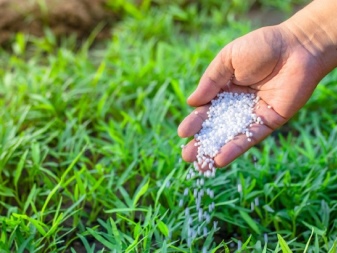
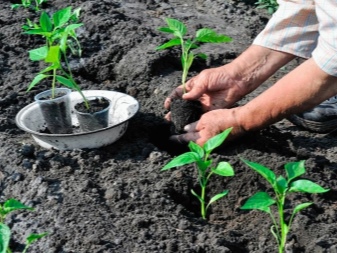
What fertilizers should you use?
Any vegetable crop needs optimal growth conditions for full development. When growing a vegetable garden, it is necessary to prepare the soil by introducing the necessary substances into the soil. In order for vegetables to feel good on the site, it is important to fertilize them correctly. For good growth of pepper bushes and active fruiting, iodine, molybdenum, iron and zinc must be added to the soil. The most important substances for this crop are nitrogen, calcium, potassium and fluorine.
In addition to information about what to fertilize the beds of pepper, it is important to know in what quantity, and most importantly, in what period it is necessary to do this. The lack of nutrients is just as unfavorable for the development of culture as the oversaturation with them, therefore it is important to maintain a balance. Depending on the method of growing pepper, it is worth choosing options for caring for it. When growing plants in a greenhouse, care will differ significantly from watering and fertilizing in open ground.
Having grown seedlings or bought them on the market, it is necessary to plant them in the soil that was previously prepared. Seedlings will need some time to settle in the garden and get used to the new habitat before they begin to actively grow. To speed up the process and help the plant, it is necessary to feed the crop immediately after planting it. The best option would be to use a complex of fertilizers, which must be applied in the right amount at certain periods of crop growth.
There are organic and mineral additives that are successfully used by summer residents, but in addition to them, folk methods of feeding vegetable crops, which you need to know about, are also trusted.
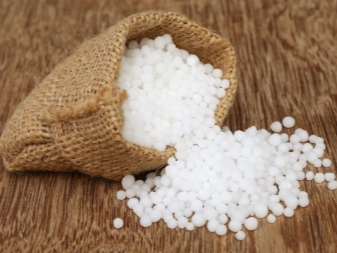

Organic
For good plant growth, an important component is the richness of the soil with useful substances. The more nutritious the soil, the more strength the crop will have, and it will be able to grow quickly, bloom well and give a bountiful harvest. Organic fertilizers can be found both in stores and in the environment. The most common and frequently used products are the following.
- Manure, compost or dung. The excrement of domestic animals or birds is a whole storehouse of useful elements, the basis of which is nitrogen. To apply such fertilizer to the soil, it is necessary to collect a fresh batch of manure, insist it in warm water in a ratio of 1: 10, and bird droppings - 1: 20 and leave for a day. The resulting solution must be poured into the beds during periods of active crop growth. The compost is placed in the bottom of the pit when the pepper is planted.
- Ash. The introduction of wood ash is very important in the process of growing pepper, therefore, it begins to be applied already during planting in a dry form, and later diluted with water. This supplement must be applied separately from any other fertilizer, otherwise the plant will not receive any benefit. To create a solution based on ash, you need to take 5 tbsp. l. ash and dissolve them in a bucket of heated water.
- Iodine. The use of iodine makes it possible to activate the growth of the culture, increase the yield, have a positive effect on the taste characteristics of pepper, and prevent the development of diseases. For introduction into the ground, it is necessary to dilute a couple of drops of iodine in a liter container with water.
Any organic fertilizer benefits plants in the right proportions, applied at the right time. If the crop is healthy and the soil is completely ready for the season, it is important to work carefully with fertilizers so as not to oversaturate the soil in the garden bed.
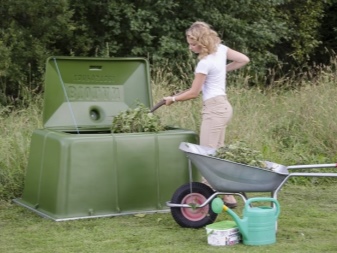
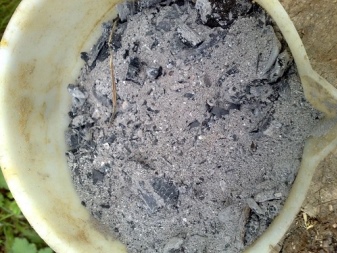
Special drugs
For high-quality feeding with minimal expenditure of effort and finance, mineral fertilizers are suitable. Among the most commonly used peppers for fertilization are the following.
- Urea. Allows you to saturate the soil with nitrogen. Urea is used for the first feeding. To create a solution, it is necessary to pour 20 g of the composition into 10 liters of hot water, since the granules will not dissolve under other conditions.
- Superphosphate. Allows you to relieve pepper from phosphorus deficiency. It must be added during the second or third feeding. For feeding, 40 g of superphosphate is diluted in 10 liters of water.
- Potassium sulfate. It is used to enrich the soil with potassium. It can be applied directly to the soil by scattering the granules over the surface, or they can be dissolved in water and watered.
- Azofoska. A drug that contains nitrogen, potassium and phosphorus. The advantage of this composition is the possibility of its introduction at any stage of crop growth. For use, it is necessary to dissolve the azofoska granules in 10 liters of water and water the soil near the pepper seedlings.
When there is no opportunity or desire to buy various preparations for the care of pepper, you can limit yourself to the purchase of complex fertilizers with the presence of nitrogen, potassium, phosphorus, humic acids and other useful components. For use, it is enough to read and follow the instructions.
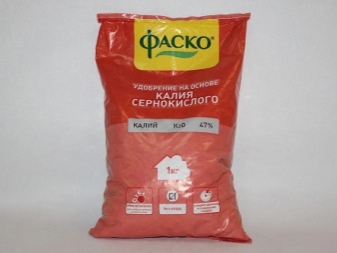
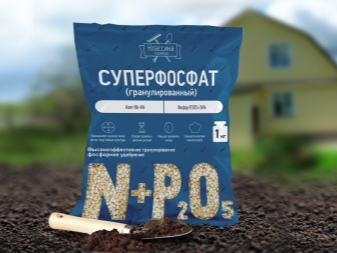
Folk remedies
In addition to the generally accepted fertilizers that gardeners have previously used and are currently using, there are alternative options with which you can add nutrients to the soil.
- Use of kitchen waste. In the process of cooking, skins of fruits and vegetables, egg shells, which, at first glance, do not represent anything valuable, are often left, but for a summer resident this is an excellent material for fertilizing the soil. You can add the remains of stale bread, dry banana skins, and missing dairy products to the garden bed. Banana skins contain a large amount of potassium, so dry skins can be added to the hole during planting of pepper, and later, based on fresh ones, make tinctures using several skins and 3 liters of water. After a couple of days, the tincture can be applied under the bushes. Dairy products and eggshells contain a lot of calcium, which is easily absorbed by plants. It is recommended to make tinctures on eggshells, crushing them into powder and infusing for three days.
- Yeast is a fairly new technique, which allows you to saturate plants with an abundance of useful components: nitrogen, iron, phosphorus, minerals and vitamins. The use of yeast enhances the growth of the roots, and, accordingly, the ground part of the pepper; in addition, it makes it possible to increase the number of beneficial bacteria in the soil. For feeding, you need to take 1 kg of yeast and dilute them in 5 liters of warm water. After a day, it is necessary to distribute the resulting mass in five buckets, dilute with water and water the beds.
- Herbs. For fertilization, it is necessary to collect nettles, woodlice, dandelions and plantains. To obtain the desired effect, the grass is cut into pieces and filled with a bucket of warm water. After a week, the tincture can be used by pouring a liter under each pepper in the garden.
- Ammonia is used to introduce nitrogen. To create a solution, dissolve 3 tablespoons of ammonia in a bucket of warm water and add under the bushes. Can be used as root and foliar fertilizer. Use separately from any other additives.
There are quite a few folk methods, and everyone, if they wish, can find something new for themselves to fertilize the soil in the beds. In other cases, it is worth using mineral or organic dressings so that the pepper is as strong as possible and gives a good harvest.
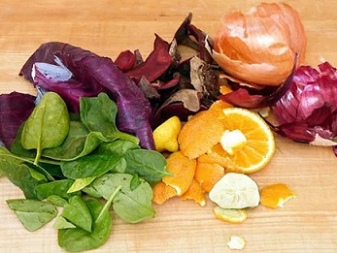

Features of the introduction
In the process of culture growth, it is important to provide timely and correct care. When growing pepper, you need to take care of the garden bed in advance on which it will be planted. You need to add to the soil:
- a glass of wood ash;
- a teaspoon of potassium sulfate;
- a tablespoon of superphosphate.
For full fertilization, organic fertilizing is also necessary. It is necessary to distribute 10 kg of humus or compost on 1 m² of the garden bed. An important feature is the alternation of chemical and organic additives.
If the pepper is grown in a greenhouse, then feeding is carried out in the following stages.
- Adding additives 2 weeks after planting seedlings in a greenhouse. Of the minerals, it is necessary to use ammonium nitrate, superphosphate and potassium sulfate. In a bucket, you must dissolve 1 tbsp. l. each of the components. As organic additives, you can use chicken manure or weekly slurry. For application to the soil, the obtained organic infusions should be diluted 1: 1 and pour in 1 liter under each bush.
- During flowering. At this point, you need to fertilize the soil carefully, using additives only to maintain the culture. From mineral fertilizers, it is worth using potassium salt, superphosphate. The components are diluted in 10 liters of water. The amount of mineral fertilizers will depend on the type of pepper: in one case, 1 tbsp is enough. l. of each substance, in another - you will need to dissolve 2 tbsp. l. The manufacturer usually indicates the proportions for different options. Among organic additives, it is worth using half a kilogram of humus, which is infused in 10 liters of water for a week.
- By the time the crop ripens. To feed the soil in the garden, it is worth choosing either organic matter or minerals, using those that were not used in the process of the second feeding.
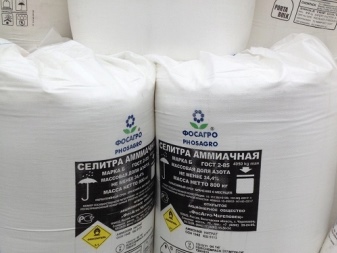

An alternative option may be the following option for fertilizing the garden:
- superphosphate (1 tsp);
- potassium nitrate (1 tsp);
- urea (2 tsp);
- water (10 l).
You can use organic fertilizers by mixing chicken manure and manure for one week. The third time the pepper in an open bed must be fertilized in the process of fruit development. During this period, it is best to use organic fertilizers based on dung or mullein. If necessary, you can add mineral components. The simplest solution would be to apply complex fertilizers for vegetable crops to the soil.
The use of dressings allows you to saturate the soil with all the necessary elements that a culture needs at a certain stage of development. In addition, do not forget about timely watering, loosening the soil, weeding the beds.
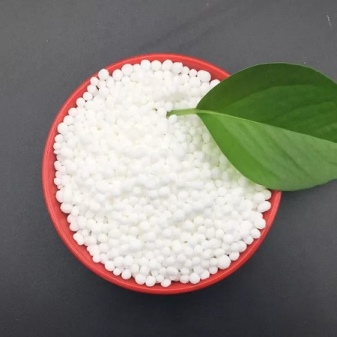
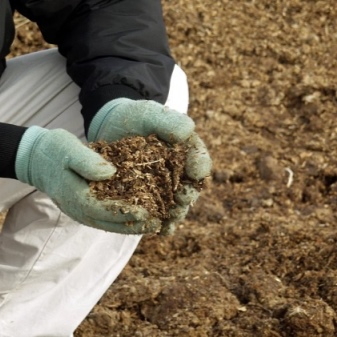
If the pepper is grown in an open bed, then the care for it is different. Soil preparation begins 1-2 weeks before the seedlings are planted. The first portion of fertilizer is applied 15-20 days after the seedlings have been planted. For young plants, the following composition is recommended:
- a tablespoon of potassium humate;
- 2 teaspoons of urea;
- 5 liters of water.
The resulting solution must be watered with seedlings. If the plants are developing well, but there are no signs of bud formation, it is worth using a different top dressing:
- urea;
- superphosphate;
- water.
In 10 liters of water, 2 teaspoons of each component are added, and the mixture is poured into the soil.
The second time the bed is fertilized during the flowering process, when the pepper needs to receive the following auxiliary substances:
- bird droppings (250 g);
- manure (0.5 kg);
- superphosphate (1 tbsp. l.);
- water (5 l).
In case of a change in temperature conditions after planting seedlings in the ground, you can hide the plants under a film overnight to avoid frostbite.With proper care from the garden, you can get a large harvest of delicious peppers.
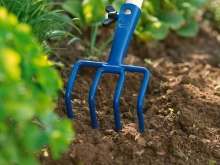
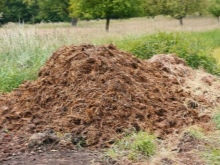
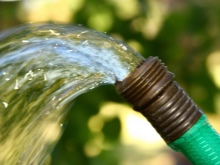
Common mistakes
With little experience of work on the land, young summer residents can make mistakes that will negatively affect the growth and development of crops on the site. Here are the most common mistakes.
- Spreading dry granules over the beds. Without dissolving such fertilizers, watering the soil with additives dug into the ground, there will be no effect from them.
- Top dressing of the roots of the culture after planting. Once the seedlings are planted, the roots are not ready to feed the crop, and therefore fertilizers are unnecessary. To support the plant, you can spray the foliage with special compounds.
- Fertilizing dry soil. In order for the components of the additives to be beneficial, the soil in the garden must be watered with warm water in advance.
- Spraying with solutions with additives in hot weather or during the day. Useful substances immediately evaporate without benefit, and in the worst case, the water leaves burns on the leaves, harming the plant. Watering or applying liquid fertilizers is carried out early in the morning, in the evening or in cloudy weather.
For information on what and how to feed the pepper after planting, see the next video.













The comment was sent successfully.